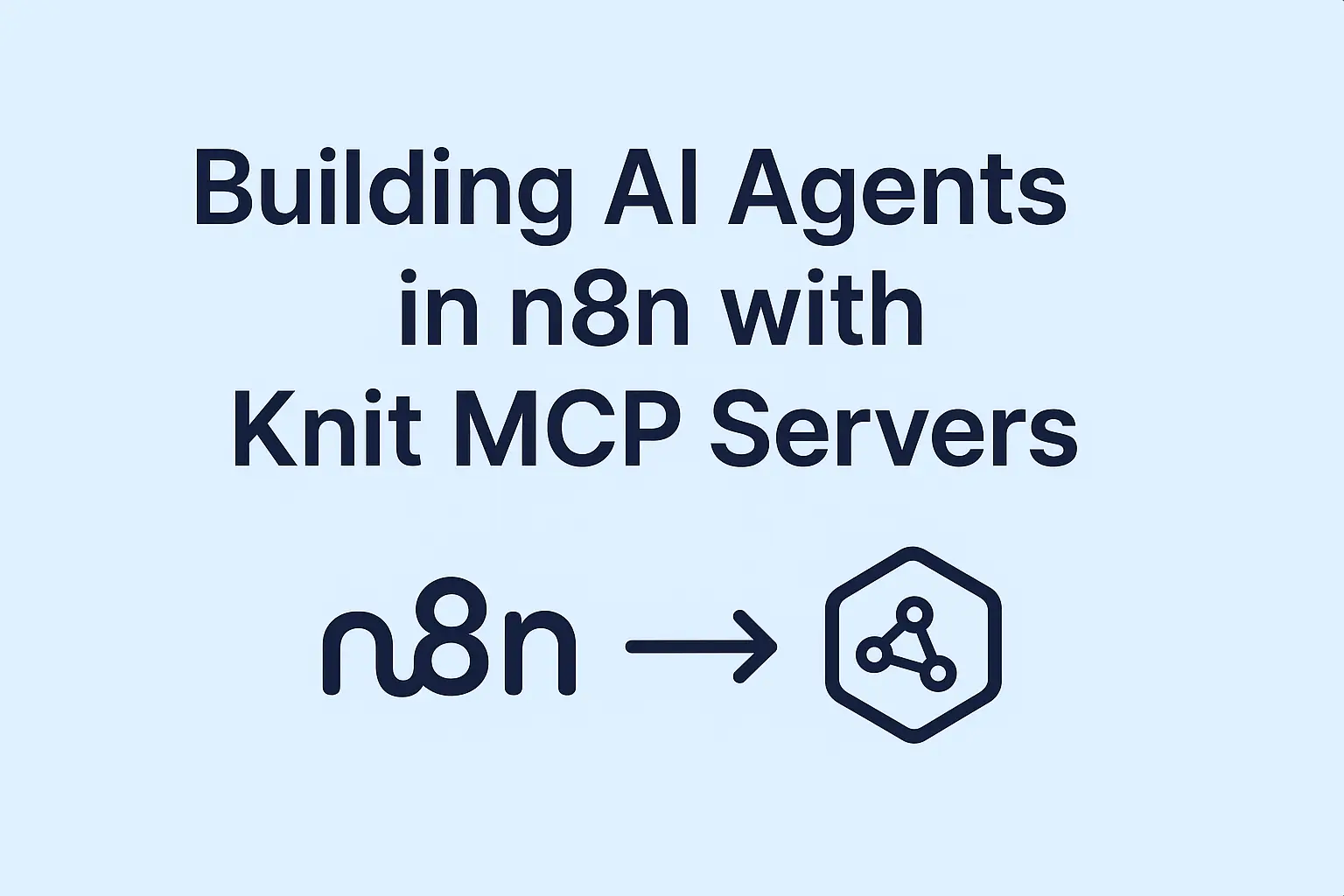In the world of APIs, it's not enough to implement security measures and then sit back, hoping everything stays safe. The digital landscape is dynamic, and threats are ever-evolving.
Why do you need to monitor your APIs regularly
Real-time monitoring provides an extra layer of protection by actively watching API traffic for any anomalies or suspicious patterns.
For instance -
- It can spot a sudden surge in requests from a single IP address, which could be a sign of a distributed denial-of-service (DDoS) attack.
- It can also detect multiple failed login attempts in quick succession, indicating a potential brute-force attack.
In both cases, real-time monitoring can trigger alerts or automated responses, helping you take immediate action to safeguard your API and data.
API Logging
Now, on similar lines, imagine having a detailed diary of every interaction and event within your home, from visitors to when and how they entered. Logging mechanisms in API security serve a similar purpose - they provide a detailed record of API activities, serving as a digital trail of events.
Logging is not just about compliance; it's about visibility and accountability. By implementing logging, you create a historical archive of who accessed your API, what they did, and when they did it. This not only helps you trace back and investigate incidents but also aids in understanding usage patterns and identifying potential vulnerabilities.
To ensure robust API security, your logging mechanisms should capture a wide range of information, including request and response data, user identities, IP addresses, timestamps, and error messages. This data can be invaluable for forensic analysis and incident response.
API monitoring
Combining logging with real-time monitoring amplifies your security posture. When unusual or suspicious activities are detected in real-time, the corresponding log entries provide context and a historical perspective, making it easier to determine the extent and impact of a security breach.
Based on factors like performance monitoring, security, scalability, ease of use, and budget constraints, you can choose a suitable API monitoring and logging tool for your application.
Access Logs and Issues in one page
This is exactly what Knit does. Along with allowing you access to data from 50+ APIs with a single unified API, it also completely takes care of API logging and monitoring.
It offers a detailed Logs and Issues page that gives you a one page historical overview of all your webhooks and integrated accounts. It includes a number of API calls and provides necessary filters to choose your criterion. This helps you to always stay on top of user data and effectively manage your APIs.
.webp)
Ready to build?
Get your API keys to try these API monitoring best practices for real




.webp)




